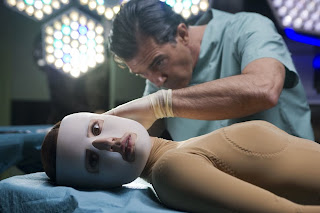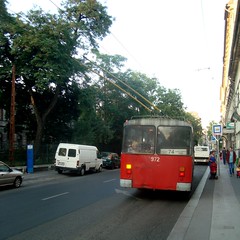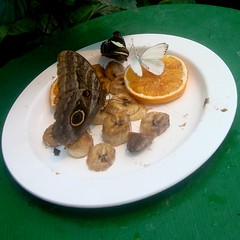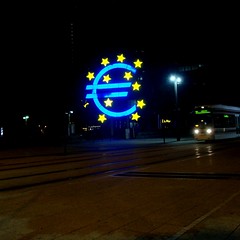The skin I live in / la piel que habito
I guess the quickest way to define this film is “Almodóvar’s take on Frankenstein,” although it is loosely based on a different book, a novel by Thierry Jonquet. As I’ve seen a dozen of Almodóvar’s movies, most of them more than once, but zero Frankenstein movies, I’m coming to this junction from a different angle than most people in the English speaking world. So here are some thoughts on how the film fits in with the work of San Pedro (I unilaterally elevated him to sainthood in a previous blog entry, these catholics are sometimes too slow in recognising achievement).
The movie is in fact, Almodóvar through and through, in every part of it there are aspects that are familiar, from the medical / bioethical issues through to he (trans)gender, rape, and sexual identity themes. As these are natural parts of the story, they don’t feel like the auteur is quoting himself – it just amazes me every time that he can assemble a completely different story from what at first glance might appear to be the same building blocks. (Which strikes me especially as I don’t necessarily share his obsession with these recurring themes, and yet they win me over every time.)
There is one interlude where Almodóvar is in fact shamelessly citing himself and contrasting the shrill style of his early work with the mellower style he has adopted since “All about my mother.” It’s the sequence that features a man in a tiger carnival costume and references Kika among other early works. The tiger aside, the rest is all in very mature taste - just savour the interior decorations, worlds away from the women on the verge of a nervous breakdown, although everybody in this movie has good reasons to be on the verge of that or worse.
For fans of the early work it is, of course, a major occasion to welcome back Antonio Banderas, who last appeared in Women on the verge and in Tie me up, tie me down! I prefer not to think of what he did in those 21 years in between (am very busy erasing those spy kids movies from my memory), but it is good to have him back, even if he looks ten times older than the last time. He looks a bit like Sean Connery from some angles, maybe Almodóvar and Banderas should do a Bond movie together, now that would be interesting!
Another familiar face (for the aficionados of Spanish cinema, at least) is the female lead Elena Anaya, who had a supporting role in Julio Medem’s Sex and Lucia and a lead role in Room in Rome (and a small role in Talk to her, apparently, will have to watch that one again to find her). And we welcome back Marisa Paredes who starred in All about my mother and Flower of my secret.
The Frankenstein-esque story is interesting too, of course, not least because of all the bioethical dilemmas that we also have to confront here in the real world, but that wouldn’t necessarily have convinced me to watch the movie if it had arrived from somewhere else. It’s the way San Pedro does it. He could make a movie out of the phone directory of Madrid and I’m sure it would still be fascinating.
 The skin I live in
The skin I live in is on general UK-wide release from today (I was lucky to catch a preview last night). Full details at
IMDB.
Peter Bradshaw's review in the Guardian (his second take, as he already reviewed it when it was shown at Cannes).




















